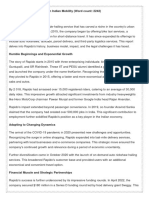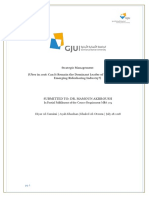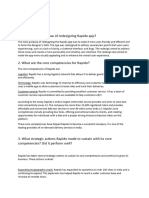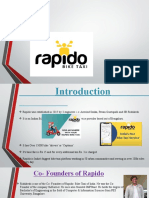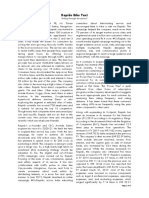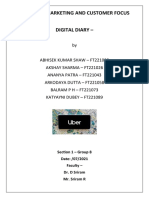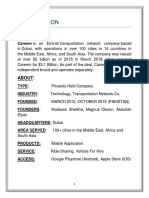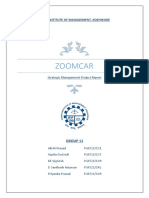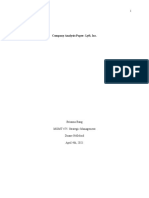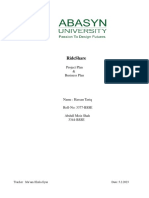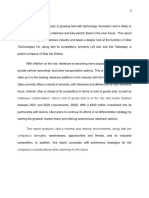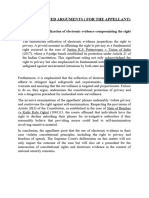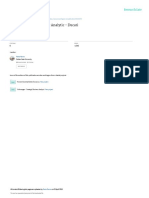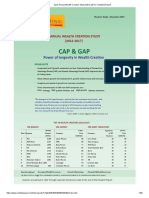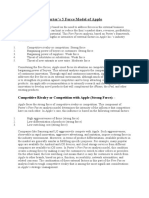0% found this document useful (0 votes)
18 views30 pagesSM Psda 2
The document provides an overview and analysis of the Indian bike taxi company Rapido. It discusses Rapido's business model, value chain, internal and external assessments including a SWOT analysis and Porter's Five Forces. The internal assessment examines Rapido's primary and support activities. The external assessment uses PEST and 5 Forces analyses to identify opportunities and threats in the operating environment.
Uploaded by
Garv VirmaniCopyright
© © All Rights Reserved
We take content rights seriously. If you suspect this is your content, claim it here.
Available Formats
Download as PPTX, PDF, TXT or read online on Scribd
0% found this document useful (0 votes)
18 views30 pagesSM Psda 2
The document provides an overview and analysis of the Indian bike taxi company Rapido. It discusses Rapido's business model, value chain, internal and external assessments including a SWOT analysis and Porter's Five Forces. The internal assessment examines Rapido's primary and support activities. The external assessment uses PEST and 5 Forces analyses to identify opportunities and threats in the operating environment.
Uploaded by
Garv VirmaniCopyright
© © All Rights Reserved
We take content rights seriously. If you suspect this is your content, claim it here.
Available Formats
Download as PPTX, PDF, TXT or read online on Scribd
/ 30


